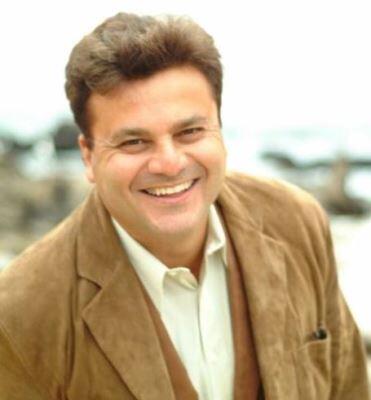Mindfulness, Uncertainty, and Creativity
Dr. Langer addresses creativity in her book, Mindfulness. Her experiments show that uncertainty leads to more creative solutions than certainty. If people could learn about unfamiliar things conditionally, they might see many different uses for an object. The key to creativity and innovation is the ability to use or see familiar objects in unfamiliar ways.
In Dr. Hippel’s research, the ability to use familiar objects in an unfamiliar way was tested with problems that could only be solved through such means. For example, one problem required young children to bend a paper clip into a hook to pull a ring out of a vial. The children were given only a paper clip and a vial with a ring and asked to solve the problem.
Subjects were divided into two groups. One group saw the paper clip used in a familiar way (holding papers), while the other group saw it unused on a table. Those who saw the paper clip in an unfamiliar context were more successful in solving the problem. The secret to creativity lies in this skill, developed through observation, bare attention, concentration, insights, and mindfulness. For many children, problem-solving is natural. We, as adults, often modify tools around the house, inventing snow chains, barbed wire, walking tension springs, and other innovations.
More Than Just Creativity: Innovations by the Users
Research has shown that innovations often originate not from big businesses but from everyday users with heightened minds and consciousness. Users develop skills, concentration, insights, and bare attention, allowing them to see familiar objects in unfamiliar ways. For example, Lotus 123, an early spreadsheet software, was developed by an accountant for personal use before it became commercially available.
Eric von Hippel, in his book The Sources of Innovation, states that most innovations come from users, not manufacturers. Users recognize the need, solve the problem through invention, build prototypes, and prove their value. This process demonstrates the importance of seeing things in new ways and using familiar objects in unfamiliar ways, often leading to paradigm shifts.
Professor Hippel argues that typical users of existing products, constrained by familiarity, are less likely to conceive novel products and uses. However, those with mindfulness, observation skills, and passion are better positioned to innovate.
Yoga Improves Concentration and Motivation
Practicing yoga can reduce anxiety, heighten concentration, and improve motivation in as little as eight weeks. Researchers at the American College of Sports Medicine (ACSM) found significant increases in these areas among participants in a 10-week Hatha yoga class. Yoga requires focus and confidence, making it a mindful discipline that helps people live with clarity and a positive outlook.
Creative People
The path to creativity involves finding a task, hobby, or profession that you find noble and virtuous. Copying a favorite leader, teacher, master, or mentor can provide deep insights, but this should be done privately and not for publication. Even great artists like Picasso started by copying. The key is to find what you do noble and virtuous, which will lead to creativity through concentration and developing insights.
The Japanese excelled in creativity by copying and accumulating insights in the 1950s and 1960s. Similarly, actors like Kelsey Grammer combined imitations of various influences to create unique characters. Creativity stems from finding nobility in the task and continually developing insights.
Are Health and Creativity Connected?
Looking at beautiful art can act as a painkiller, reducing the intensity of pain. Research by the University of Bari in Italy showed that beautiful surroundings could aid the healing process. Volunteers who viewed beautiful paintings rated their pain as less intense compared to those who viewed ugly paintings or a blank panel.
Unlocking The Inner-Savant In All Of Us
Professor Allan Snyder suggests that everyone is capable of extraordinary savant skills, typically displayed by people with autism. By using low-frequency repetitive transcranial magnetic stimulation (rTMS) to inhibit certain brain functions, Snyder has been able to temporarily induce savant-like abilities in non-autistic individuals. This research highlights the potential for unlocking hidden skills through unconventional methods.
User-Driven Innovation
Dr. Nathaniel Sims, an anesthesiologist, has developed several innovative medical devices, exemplifying user-driven innovation. His modifications and inventions have significantly impacted medical practices and patient care. Eric von Hippel advocates for letting users modify or improve products, as they often come up with solutions manufacturers never considered. This approach has led to successful products like the smart pump and the SawStop table saw.
User-driven innovation, while still developing, holds great potential for companies to harness the creativity and insights of everyday users, leading to faster and more cost-effective product development.
